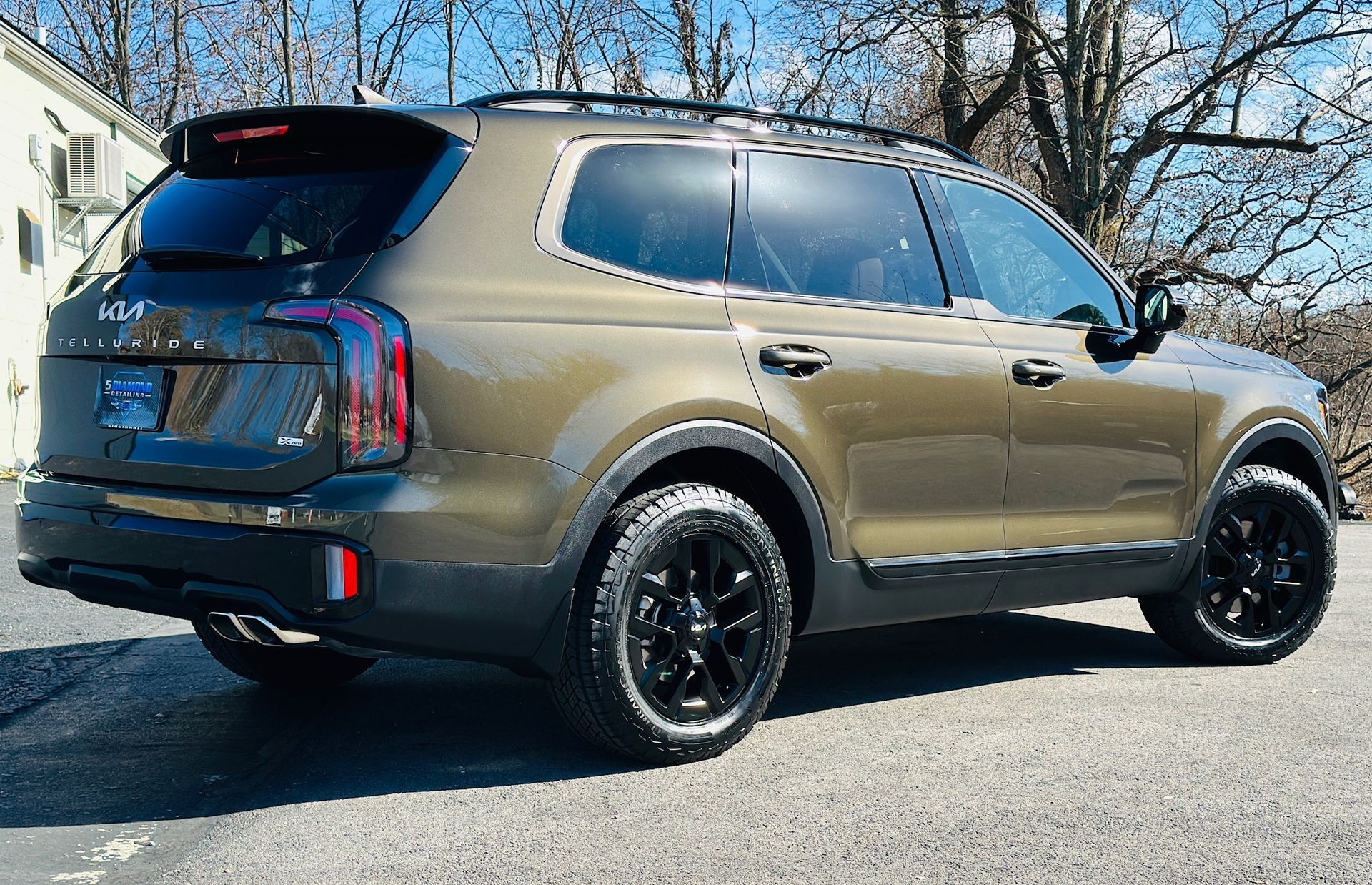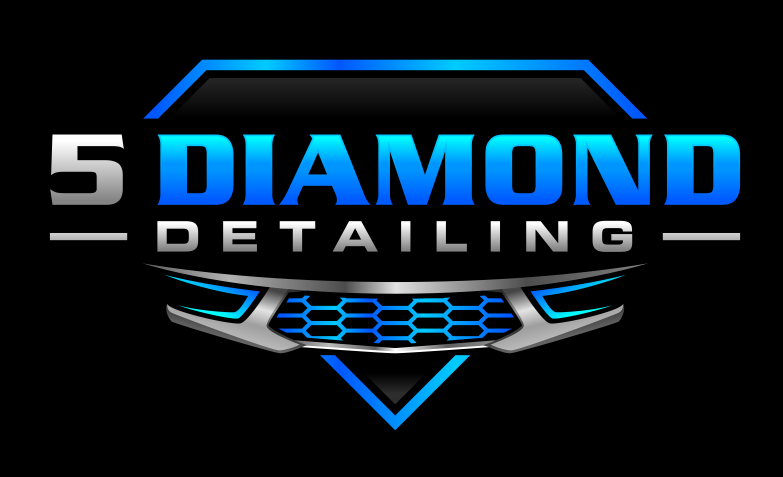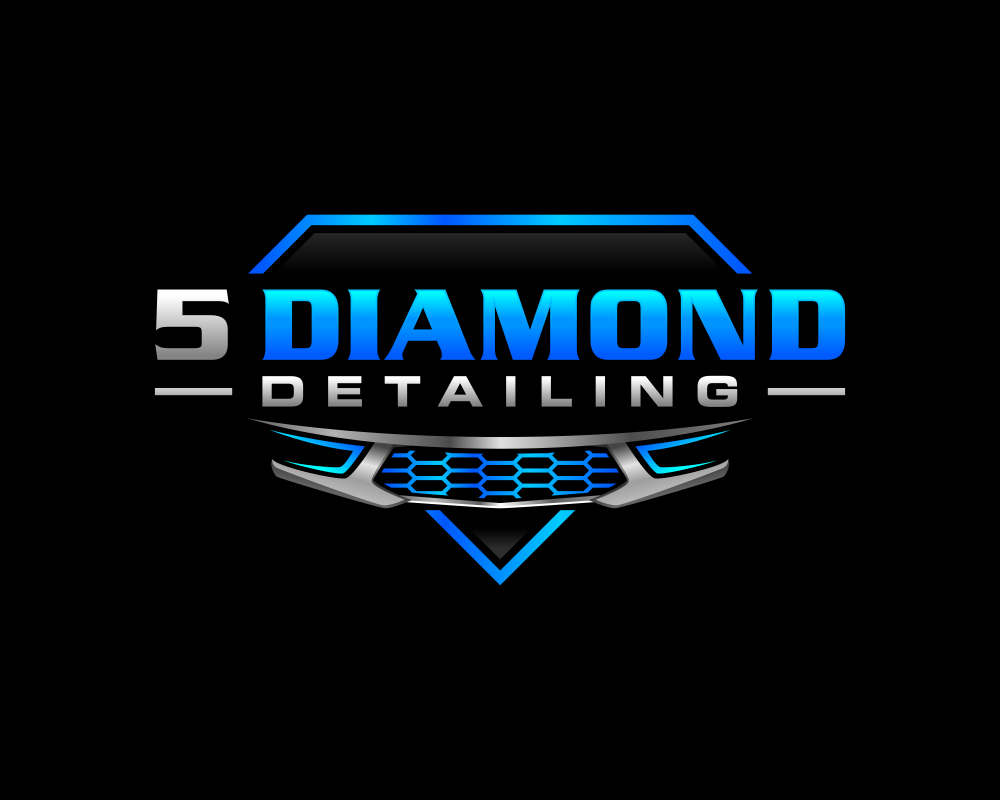Does Paint Correction Fix Chips?
Wondering,
“Does paint correction fix chips”?
No, paint correction will not repair major damage to the coat, such as rock chips or more than a single coat of damaged paint, although it is a part of auto detail and paint maintenance. Read on to explore what is different, recommend better cosmetic damage repair, as well as outline how you can prevent damage to your coat of paint in the long run.

Key Takeaways
- Paint correction does not fix paint chips - it only addresses slight damage like swirl, haze, and oxidation.
- Rock chips and deep paint damage are fixed through cosmetic restoration, including spot blending, touch-up paint, or repainting an entire panel.
- Combining chip repair with paint correction gives a better finish, higher gloss, and surface preparation for the application of ceramic or PPF.
- Paint chips involve paint loss, while scratches disrupt the clear coat — both require different repair strategies.
- Professional paint correction boosts resale value, restores depth and shine, and extends protection when paired with coatings.
What Does Paint Correction Actually Fix?
Curious how to do paint correction to remove swirl marks and oxidation? Let’s break down how it restores gloss by correcting surface-level defects in the clear coat.
Swirl Marks
Swirl mark removal corrects circular scratches caused by poor washing. Techniques like buffing and polishing smooth the paint surface. These surface imperfections are common in neglected finishes. Swirl marks fall under minor paint damage but can be corrected with proper care.
Minor Scratches
Scratch removal addresses fine marks in the clear coat or upper paint layers. Damage does not reach to primer and can be easily corrected by polishing and claying. Good restoration maintains clarity and retains the car's appearance.
Haze Or Cloudiness
Hazy paint usually means oxidation buildup or sloppy polishing - both fixable with proper care. Detailers use compounds to cut through oxidation and revive the paint’s original tone. When the dull layer is polished away, the original vibrancy of the paint reappears. Removing oxidation brings back the color depth and gloss that makes paint look fresh again.
Oxidation
Oxidation occurs from UV exposure and age. It causes surface degradation and fading. Paint correction removes the oxidized layer as part of paint care and prepares for paint protection.
Why Paint Correction Does Not Fix Chips?
Many vehicle owners wonder, “Does paint correction fix chips”? The answer is no. Paint correction does not fix chips because it cannot rebuild damaged layers of paint. Chips penetrate more than the clear coat and physically harm the actual paint, to the primer or base coat. Surface issues by themselves can be corrected by correction. For lasting outcomes, apply vehicle restoration or add paint protection once you have repaired it.
>> To learn how to protect your paint, read our guide on essential paint protection tips for your newly purchased vehicle.
Can Paint Correction Fix Rock Chips?
No, paint correction cannot fix rock chips. These chips are a type of paint damage that penetrates through multiple paint layers. Polishing or wet sanding won’t repair them. Rock chips need cosmetic repair like touch-up paint or panel repainting performed by professional detailing services.
Can You Combine Paint Correction And Chip Repair?
Yes, you can combine paint correction and chip repair for better results. Start with chip repair to fix paint damage, then follow with paint refinement to smooth the surface. This prepares the finish for paint sealing and quality inspection. Bundling these steps in detailing packages offers full paint protection and long-term vehicle restoration.
What Are Better Solutions For Paint Chips?
Chips require more than polishing. Within cosmetic repair, better methods include touch-up paint, spot repair, or full panel repainting. These options fall under both auto detailing and long-term paint care, and are more effective than correction alone.
Touch-Up Paint
Touch-up works for small chips with easy color matching. This method improves the paint surface but may leave a slight texture. Using OEM-matched paint is best to avoid visible imperfections or paint flaws.
Spot Repair
For moderate damage, spot repair blends color into the surrounding area. When combined with professional detailing, it almost always involves compounding and polishing to blend seamlessly.
Panel Repainting
If the primer is compromised and exposed, a repaint of the entire panel is required. This is just about vehicle looks and restoring the surface. Using OEM materials guarantees color accuracy and avoids partial correction.
>> For a complete step-by-step guide, check out our article on how to repair chipped paint on a car.
How Much Does Paint Correction And Chip Repair Cost?
| Service Type | Estimated Cost Range | Key Cost Factors |
|---|---|---|
| Paint Correction | $200 – $1,200+ | Number of panels, vehicle size, paint type, depth of surface imperfections, correction level |
| Chip Repair | $50 – $500+ | Chip severity, location, panel size, and matching with OEM paint |
| Combined Services | $250 – $1,600+ | Bundled discount, technician skill, and need for follow-up paint protection |
Conclusion:
Full-service paint correction improves vehicle appearance, enhances resale value, and delivers long-term ROI. Always request a quotation for the best paint correction cost and chip repair estimate based on the vehicle's paint damage.
Should You Get Paint Correction After Repairing Chips?
Yes, you should get paint correction after repairing chips. Chip repair does not eliminate uneven texture. Surface restoration with correction smooths out irregularities and increases gloss. The process also further readies the finish for PPF or UV-resistant paint protection. Paint enhancement after chip repair makes finishing smoother and stronger.
Why Pair Paint Correction With Ceramic Coating?
Paint correction should come before ceramic coating to ensure a flawless finish. Coating locks in the current paint surface, including any flaws. Applying it after correction enhances durability and visual appeal. Protective treatments like PPF, VOC-compliant coatings, and paint care products last longer on a corrected surface. This combination offers maximum paint protection and long-term value.
Paint Chip Vs. Scratch: What’s the Difference?
Paint chips and scratches are different types of paint damage with unique causes, severity, and repair methods. Chips result in paint loss, while scratches cause paint disruption without full removal. Understanding this helps determine if scratch removal or panel repainting is needed.
| Feature | Paint Chip | Scratch |
|---|---|---|
| Type of Damage | Paint loss exposes lower paint layers | Surface paint disruption |
| Appearance | Small holes or nicks | Lines or streaks |
| Severity | Often deeper, may reach the primer | Usually shallow; stays in clear coat |
| Repairs Needed | Touch-up, spot repair, or panel repainting | Scratch removal by polishing or by claying |
| Visibility | More conspicuous upon first glimpse | Visible under light or close inspection |
Book Paint Correction & Chip Repair Today
Restore your vehicle’s finish with expert paint correction service or pain chip repair from 5 Diamond Detailing. Each service includes a full inspection, professional tools, and proper PPE for long-term paint protection. Book your appointment today!
FAQs About Paint Correction And Chips




